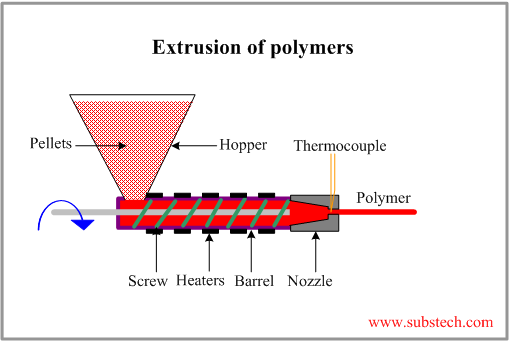Forging defects:
Though
forging process give generally prior quality product compared other
manufacturing processes. There are some defects that are lightly to come
a proper care is not taken in forging process design.
A brief description of such defects and their remedial method is given below.
Unfilled Section:
In
this some section of the die cavity are not completely filled by the
flowing metal. The causes of this defects are improper design of the
forging die or using forging techniques.
Cold Shut:
This
appears as a small cracks at the corners of the forging. This is caused
manely by the improper design of die. Where in the corner and the
fillet radie are small as a result of which metal does not flow properly
into the corner and the ends up as a cold shut.
Scale Pits:
This
is seen as irregular depurations on the surface of the forging. This is
primarily caused because of improper cleaning of the stock used for
forging. The oxide and scale gets embedded into the finish forging
surface. When the forging is cleaned by pickling, these are seen as
depurations on the forging surface.
Die Shift:
This is caused by the miss alignment of the die halve, making the two halve of the forging to be improper shape.
Flakes:
These
are basically internal ruptures caused by the improper cooling of the
large forging. Rapid cooling causes the exterior to cool quickly causing
internal fractures. This can be remedied by following proper cooling
practices.
Improper Grain Flow:
This is caused by the improper design of the die, which makes the flow of the metal not flowing the final interred direction.
Other Topics
IC engine,
Air
Standard Cycles,
Method
of Ignition,
Gear Types,
mechanical
Engineering,
Gears,
spur gears,
Worm gears,
English books,
Photoshop
tutorials,
Manufacturing,
Gears pdf,
Computer
science,
Harry
potter,
Best
100 english books,
IC
engine,
Metal
Casting,
SAND
Casting Quiz,
Casting
patterns quiz,
Patterns,
Mechnical
Previous Years Gate Question Papers ,
Mechanical-old-question-paper,
Investment
Casting,
Workshop
Technology Quiz,
Milling
Quiz,
Metal
Quiz,
Mechanical
Process Quiz,
Casting
Process Quiz,
Green Sand,
Impression
Die Forging,
Pricision
Forging,
Precision
forgings vs conventional forging,
Flashless
forging,
Forging
defects






